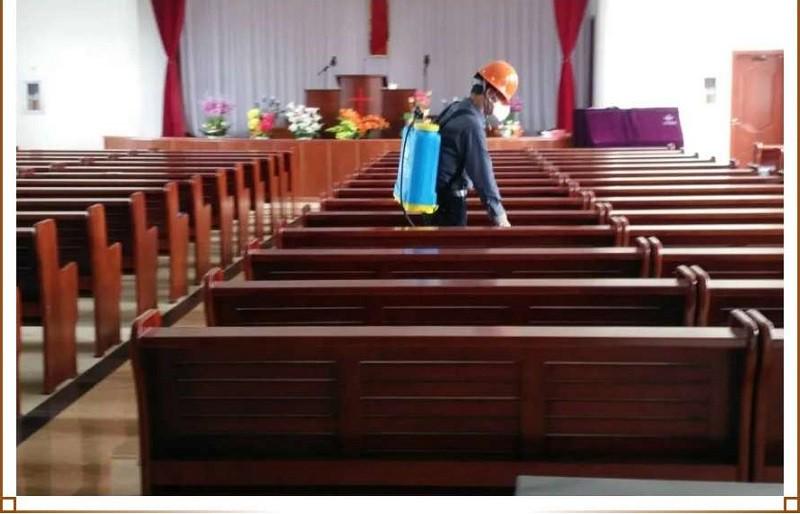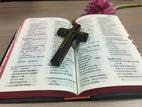A few days ago, churches in Zhejiang, Jiangsu, Chongqing, Henan, Fujian, Guangdong, Anhui and other provinces gradually reopened. What preparations should be done before reopening? And after reopening, what are the requirements to prevent the virus from reappearing?
Carrying out risk assessment: Churches should carry out risk assessment in accordance with local government requirements. Local churches need to report the measures they have taken and their situation to responsible government departments. Meetings should only be held after agreement with supervisory departments has been reached. Evaluation and review by all the parties involved should take care of any issues and the standards of zero tolerance followed.
Clarify the division of responsibilities: Each site shall establish a special team for epidemic prevention, and the main person in charge of the site shall be fully responsible for the prevention and control work. Select a specialist to be responsible for the inspection and implementation of daily prevention and control measures, and announce the requirements to the believers.
Carry out comprehensive sanitation, disinfection and safety inspection: CThe environment needs to be kept clean, public areas disinfected and communion utensils sanitized.
Churches have not been open for a long time and some equipment and facilities might have safety hazards. All sites must organize persons to conduct a detailed investigation of hidden dangers, including construction, water and electricity, fire protection, food, epidemic prevention and personal safety.
Prepare epidemic prevention and control materials: Each location should be equipped with protective masks, thermometers, disinfectants, hand sanitizers and other protective materials.
Formulate an emergency response plan: Ensure that information is shared efficiently. Respond to abnormal situations and unexpected problems in time, and report to the local responsible department immediately. The local CC should actively cooperate with the government department to respond to unexpected situations.
Set up an emergency temporary isolation room: If believers have symptoms such as fever, fatigue, or respiratory problems, they can temporarily go to the isolation room for further observation and diagnosis, and receive medical treatment by the staff.
Adopt the appointment system: Each location needs a way for persons to make in-person appointments. Believers who meet certain conditions can make an appointment and gain admission to church premises. Only one appointment per person is required. Later, believers can take part in a worship service with a certificate and if they sit in their designated seat.
Restrict the number of members at a meeting: Believers who have symptoms such as fever, fatigue, and respiratory problems should seek medical attention and not come to church for a while; elderly and children who are weak and frail are advised not to attend.
Normalized requirements After restoration
Register personal information: All believers attending a meeting at the church must register their personal information, including name, phone number, date, and time of the meeting.
Wellness protection: all believers who attend a worship service must accept and cooperate with standard testing procedures (wearing a mask, showing the green health code/measuring body temperature, disinfecting hands, and entering in order).
Limit visitors flow: In order to avoid crowding, each person needs to maintain a certain distance, so the number of people in each church needs to be controlled, and the number of meetings can be increased appropriately.
Control the time and reduce the gathering: Each meeting shall not exceed one hour, and the interval between services should not be less than one hour in the place where multiple services are held. Windows need to be opened and the sanctuary cleaned and disinfected in the interval. Meals cannot be served at the meeting place.
- Translated by Elaina Wu












